Guerilla History
The act of gardening on land owned by someone else, usually without permission, often illegally, has been practiced for decades or even centuries (depending on definition). Though the term ‘guerrilla gardening’ originated in the 1970s, we probably owe the current iteration of the movement and the ubiquitousness of both the term and the practice to Richard Reynolds, whose website offers a wealth of information and hosts a community for global exchange. His On Guerrilla Gardening, A Handbook for Gardening Without Boundaries has been translated into several languages and is the go-to manual and manifesto.
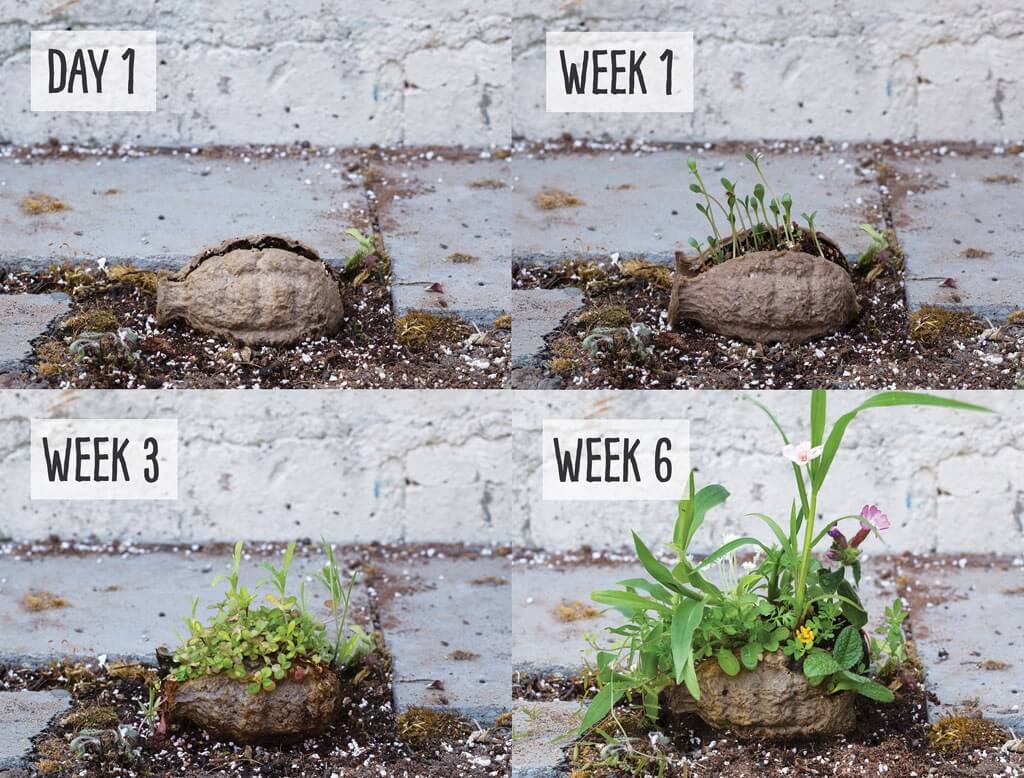
Law-Abiding Guerrillas
As the name – conjuring green-fingered stealthy warriors fighting urban bleakness one flower at a time – indicates, the movement embraces the subversive nature of guerrilla gardening. Much of its actions happen either outside legality or in adjacent zones of varying shades of grey. However, don’t let anyone tell you you can’t be a guerrilla gardener within the confines of the law. Instead of trespassing and causing what could be construed as property damage or even squatting, simply ask for permission to beautify a vacant lot, to add a burst of colour to a neglected green strip, or to green up an asphalt jungle. It may take longer to seek out and convince owners, councillors or developers, but it’s also less likely to get you in trouble.
Guerrilla Gardening For Beginners
Of course there will be those that argue for fighting the very system of power and structures of ownership that have created our nature-starved urban landscapes. If you’re willing to push the boundaries without going full-on renegade, ‘seedbombs’ are the perfect low-threshold act of rebellion. Throw one of these (often homemade) balls of clay and seeds over a fence or drop it on a green strip, and watch as rain and time turn it into a patch of new vegetation. Not only are they easy to transport and deposit without drawing attention, they require little to no planning.
[Photo above: Kabloom]
DIY Seedbombing
A good guerrilla is always armed (with seedbombs) and ready (to drop them). The easiest, most cost-effective and sustainable way to prepare your own arsenal is to make seedbombs out of seeds from your own garden or from seed swaps, baked into a mix of soil and clay. Make sure the seeds – ideally from native plants – are suitable for the climate and soil prevalent on your chosen battleground. Store them in a dry place to prevent early sprouting, and always carry one or two with you on urban expeditions.
Buy Seedbombs
Of course making your own seedbombs is more in line with the anarchist spirit of guerrilla gardening, but if you don’t trust your green fingers or simply don’t want to get your hands dirty, you can simply buy a flourishing explosive. The hand grenades by Kabloom are pretty enough to gift. Greenaid sits somewhere in between DIY seedbombers and the commercialisation of the movement; the crowdfunded social project initiated by creative agency Common Studio distributes seeds via vending machines – the type most of us would recognise as gumball machines – across the USA.
We Lichen Street Art
Moss graffiti combines guerrilla gardening, street art and the design trend for living walls, resulting in green, soft, eco-friendly writing on the wall. Instead of tagging bricks and mortar with toxic sprays, moss graffiti involves applying a paste made from moss combined with nurturing and adhesive ingredients… and watching it flourish. Bonus points for being super simple to remove without a trace.
Give A Guerrilla Gift
To spread the word and get others interested in guerrilla gardening, wrap gifts in plantable packaging or send a card made from seed-infused paper for a special occasion. Made from post-consumer materials embedded with seeds, biodegradable seed paper dissolves, leaving behind only the seeds that will eventually grow into flowers or herbs once they’ve been planted. The recipient could choose to plant them at home… or you can encourage them to have a little fun and spread the love, like a real guerrilla.
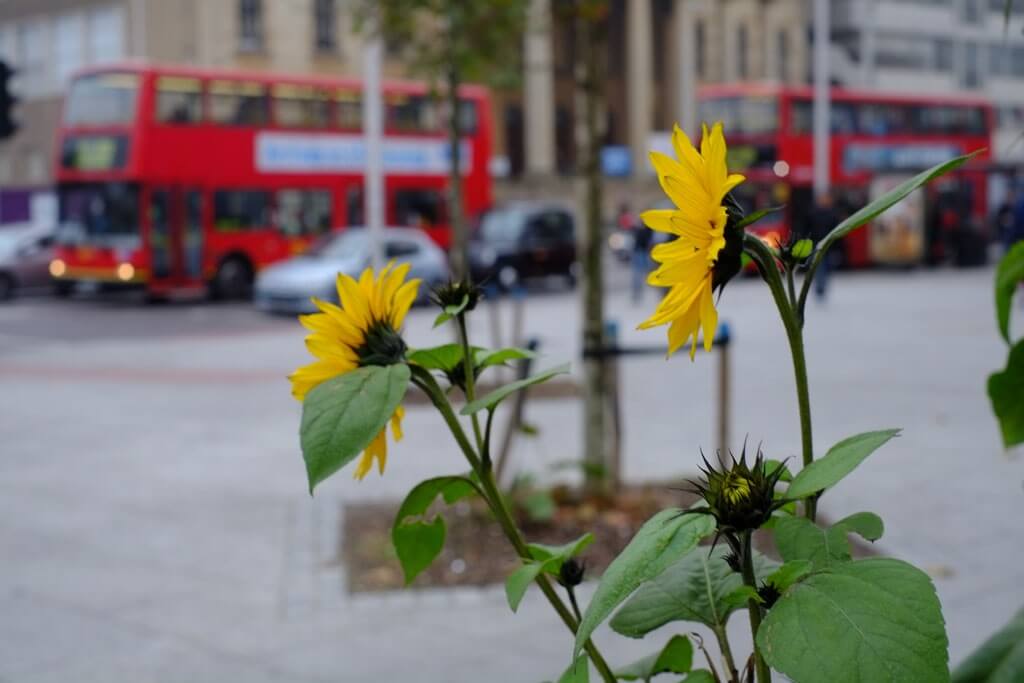
Join A Global Event
First and foremost, guerrilla gardening has a positive impact on your immediate surroundings. Long-time recruits wax lyrical about the beauty of watching a seedbomb sprout, then flourish over the space of days, weeks and months, or share the joy of tending to a small flower patch on a local traffic island for many years. However, the global scale of the movement also encourages recruits to look beyond their local gardens. On International Sunflower Guerrilla Gardening Day, people all over the world take to the streets, seeds in hand, to spread a bit of flowering sunshine.
[Photo: Richard Reynolds/Flickr]
Proper Gardens – In Improper Places
Truly ambitious guerrilla gardeners don’t stop at surreptitiously throwing seedbombs and sprinkling seeds. They dig and plant and tend and weed – sometimes under cover of night – creating proper little, or even large, gardens in unexpected places. Steve Wheen, who goes by Pothole Gardener, has perfected the Instagram-friendly version of a full guerrilla garden in miniature. He turns pavement cracks, broken paving blocks and of course potholes into blooming masterpieces, complete with miniature props.
Graft Your Garden
A slightly more complicated way of making fresh fruit available in the public space is guerrilla grafting. This method involves grafting fruit-bearing branches onto non-fruit bearing, ornamental trees. To put it more simply, grafters collect cuttings from fruit trees and attach these to ornamental trees with a technique that encourages them to grow together. Once the new twig has become part of the host tree, it will eventually bear fruit. Needless to say, you should know what you’re doing – and be prepared to attract attention – before taking to a tree with a sharp knife and various other tools.
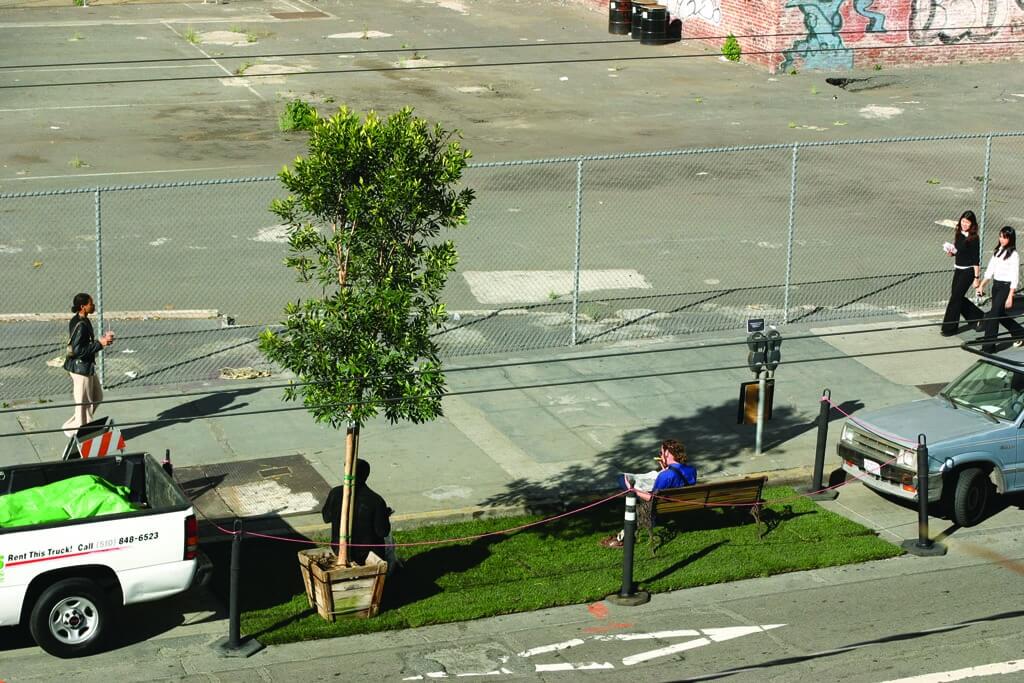
Reclaim The Streets
Another perfectly legal way of creating gardens in public spaces is to “park” a park. On PARK(ing) Day, guerrilla gardeners all over the world turn metered parking spots into temporary public parks. These range from rolling out a patch of grass or setting up a few potted trees and a bench, to transporting an urban farm on wheels, moving it from one vacant space to the next as the meter runs out.
[Photo: Rebar]
Map Your Battlefield
Although urban foraging takes the opposite approach to guerrilla gardening, both methods share the same goals and beliefs. While the former opens our eyes to the edible plants already growing in our cityscapes and aims to prevent them going to waste, the latter works to increase the amount of vegetation in urban areas. Both aim to reconnect city dwellers with nature, its beauty but also its utility. Online maps, like Fruit City, Fallen Fruit and Mundraub, can help you find edible plants near you, harvest their produce and maybe tend to them a little.

Keep Your Garden Stylish(ly)
Artist and designer Vanessa Harden is a guerrilla gardener active in London – and here to prove that urban gardening doesn’t necessarily mean trading in your designer duds for sensible wellies and dowdy dungarees. The flashy Subversive Gardener collection features Tools for Him, like a gold grill with telescopic seed shooter and a ball cap with rake attachment, and Tools for Her like the glam nail dusters that double up as a spade, rake and shovel for impromptu gardening sessions.
Article by Fiona Brutscher









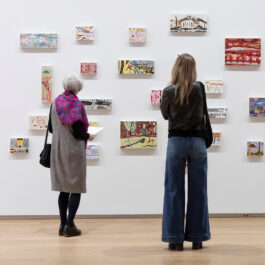



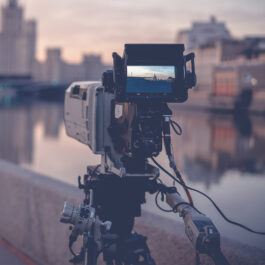
Sorry, the comment form is closed at this time.